Advancements in Simulation Technology
The medical simulation market is witnessing rapid advancements in simulation technology, which are enhancing the realism and effectiveness of training programs. Innovations such as high-fidelity mannequins, mobile simulation units, and sophisticated software platforms are enabling more immersive and interactive learning experiences. As of 2025, the market for advanced simulation technologies is projected to grow at a CAGR of 15%, reflecting the increasing adoption of these tools in medical education. These advancements not only improve the quality of training but also allow for the customization of scenarios to meet specific educational needs. As a result, the medical simulation market is likely to thrive as institutions seek to incorporate the latest technologies into their training methodologies.
Growing Demand for Healthcare Professionals
The medical simulation market is experiencing a surge in demand for healthcare professionals, driven by an aging population and increasing prevalence of chronic diseases. As the U.S. healthcare system faces a shortage of qualified personnel, educational institutions and healthcare facilities are turning to simulation-based training to enhance the skills of their workforce. This approach not only improves clinical competencies but also fosters teamwork and communication among healthcare providers. According to recent data, the U.S. is projected to require an additional 1.1 million nurses by 2024, highlighting the urgent need for effective training solutions. Consequently, the medical simulation market is likely to expand as institutions invest in advanced simulation technologies to meet this growing demand.
Rising Emphasis on Interprofessional Education
This market is increasingly influenced by the rising emphasis on interprofessional education (IPE) within healthcare training programs. IPE promotes collaborative practice among various healthcare disciplines, fostering teamwork and communication skills essential for effective patient care. As educational institutions and healthcare organizations adopt IPE frameworks, the demand for simulation-based training that accommodates multiple professions is likely to grow. This trend is supported by research indicating that IPE can lead to improved patient outcomes and reduced medical errors. Consequently, the medical simulation market is expected to expand as institutions develop and implement IPE-focused simulation programs to prepare future healthcare teams.
Increased Investment in Healthcare Infrastructure
This market is benefiting from increased investment in healthcare infrastructure across the U.S. Government initiatives and private sector funding are being directed towards enhancing medical training facilities and simulation centers. For instance, the U.S. government allocated $1.5 billion in 2025 for healthcare infrastructure improvements, which includes funding for simulation-based training programs. This influx of capital is enabling institutions to acquire state-of-the-art simulation equipment and develop comprehensive training curricula. As a result, the medical simulation market is poised for growth, as more healthcare organizations recognize the value of investing in high-quality training solutions to improve patient care and outcomes.
Integration of Virtual Reality and Augmented Reality
The integration of virtual reality (VR) and augmented reality (AR) technologies into the medical simulation market is transforming the way healthcare professionals are trained. These immersive technologies provide realistic, interactive environments that enhance learning experiences and improve retention of complex medical procedures. As of 2025, the market for VR and AR in healthcare is expected to reach approximately $3 billion, indicating a robust growth trajectory. This trend is particularly relevant in surgical training, where VR simulations allow for repeated practice without risk to patients. The adoption of these technologies is likely to drive innovation in the medical simulation market, as institutions seek to leverage cutting-edge tools to enhance educational outcomes.


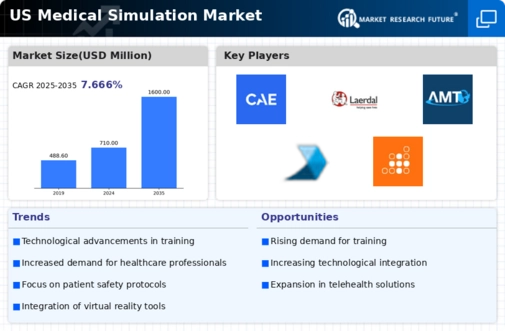
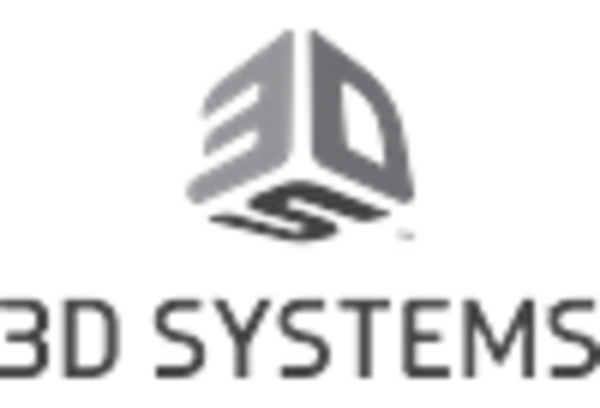
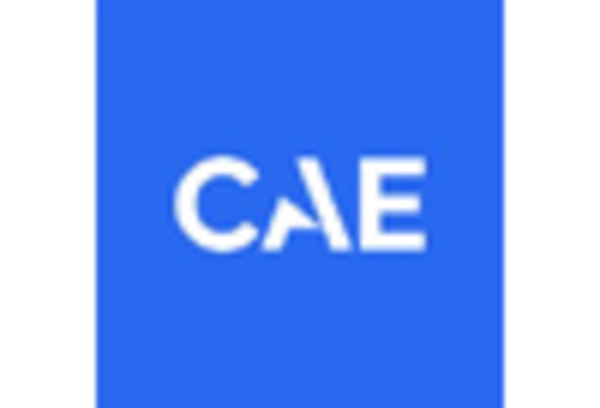
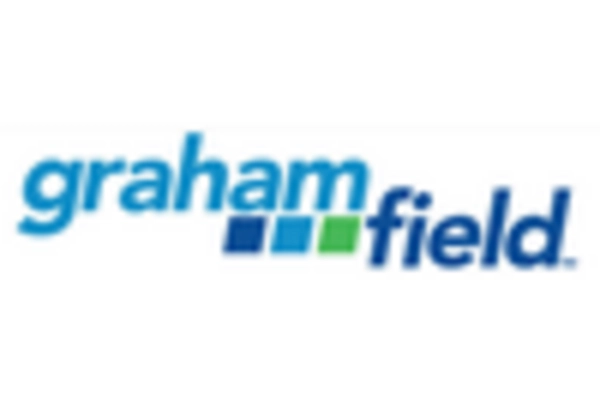
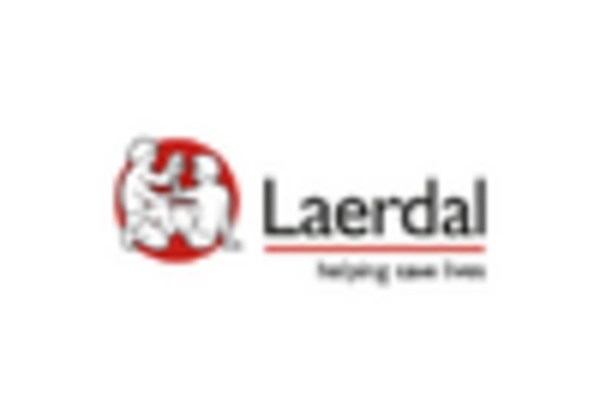

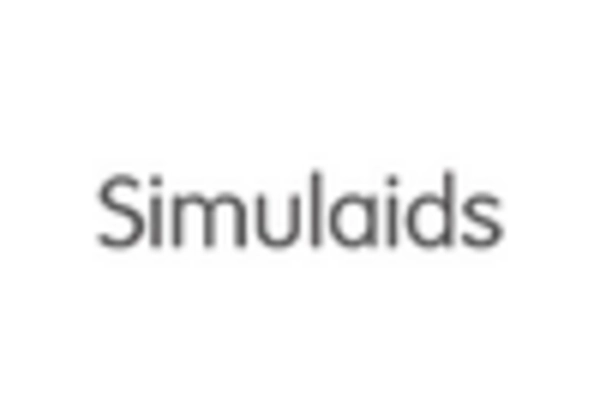








Leave a Comment